Ko e ha e ʻuhinga ʻo e ʻavanga femaleleaki moveuveu?
ʻOku ʻuhinga ʻa e foʻi lea ʻavanga femaleleaki 2 fuʻu totuʻa. ʻOku lauimiliona ha kakai ʻoku nau aʻusia ʻavanga femaleleaki moveuveu ʻi he funga ʻo e,ʻoku vahevahe ʻa e moʻuí ʻi he vahaʻa ʻo ha ongo meʻa moʻoni kehekehe,elation mo e loto mafasia. ʻOku lahi e faʻahinga ʻavanga femaleleaki moveuveu.
Tau fakakaukau ki ha ongomeʻa mali.
Faʻahinga 1 maʻolunga ʻaupito fakataha mo e ngaahi faingataʻa
Faʻahinga 2 kau ai ʻa e nounou, siʻisiʻi ange ʻa e ngaahi vahaʻataimi ʻo e elation
Huluni ʻi ha ngaahi vahaʻataimi loloa ʻo e loto mafasia. Ki ha taha seesawing ʻi he vahaʻa ʻo ongoongosia Siteiti, it can seems impossible to find the balance necessary to lead a healthy life.
Faʻahinga 1 extremely high is known as manic episodes and they can feel a person range from feeling irascible to invincible. But these euphoric episodes increase ordinary feelings of joy,causing troubling symptoms like racing thoughts,sleeplessness,rapid speech,impuslive actions and risky behaviors without treatment.
How People Reatcs or Behave in Bipolar Disorder?
These types become more persistent ,intense,and take longer to subside. The sad phase of bipolar disorder manifests in many ways a low mood,dwindling interest in hobbies,changes in appetite,feeling worthless or excessively guilty,sleeping either too much or too little restlessness or slowness or persistent thoughts of suicide.
Worldwide about one to three percent of adults experience the high range of symptoms that indicate bipolar disorder.Mostly these types of people are functional, contributing members of society and their lives, choices and relationships aren’t defined by the disorder.But still for many the outcomes are serious. The illness can effect educational and professional performance,relationships,financial security and personal safety.
what causes bipolar disorder?
Researchers think a main key player is the brain’s complex wiring. Healthy brains keep strong relation between neurons, thanks to the brain’s continuous attempt to prune itself and remove unutilized or faulty neural connections.This procedure is very important because our neural pathways work for as a map for everything we do.Using functional magnetic resonance imaging. Scientists have found that the brain’s pruning ability is disrupted in people with bipolar disorder.That means their neurons go haywire and create a network that’s impossible to navigate with only confusing signals as a guide. People with bipolar disorder produce abnormal thoughts and behaviors and also psychotic symptoms like disorganized speech and behavior delusional thoughts, paranoia and hallucinations can appear during extreme phases of bipolar disorder. This is assign to the excessive quantity of a neurotransmitter called Dopamine.
But instead these insights, we can’t point bipolar disorder down to a single cause. In reality it’s a complex problem.
For example, the brain’s amygdala is engaged in thinking long-term memory and emotional actions. In this brain region factors as varied as genetics and social trauma. May develop oddity and trigger the signs of bipolar disorder.
The condition be likely to run in families, so we do know that genetics have a lot to do with it.But that doesn’t mean there’s a single bipolar gene.
Medication for Bipolar Disorder
Ko hono moʻoni, ko e malava ko ia ke fakatupulaki ʻavanga femaleleaki moveuveu ʻoku teke ia ʻe he ngaahi fengaueʻaki ʻi he vahaʻa ʻo e ngaahi afa lahi ʻi ha founga faingataʻa ʻoku tau kei feinga ke mahino. ʻOku fakatahaʻi ʻa e ngaahi ʻuhinga pea fakatatau ki hono fakafuofuaʻi mo moʻui ʻaki e ʻavanga femaleleaki moveuveu ko ha faingataʻa. Tatau ai pe pe ko e ha e moveuveu ko ʻeni ʻoku puleʻi, ʻe lava ke tokoni ha ngaahi faitoʻo pau hangē ko e lithium ke mapuleʻi e ngaahi fakakaukau mo e ngaahi ʻulungāanga ʻoku fakatuʻutāmakí ʻaki hono fakapalanisi e ngaahi ongó.
ʻOku fakapalanisi ʻe he ʻatamai ko ʻeni ʻa e ngaahi faitoʻo ʻaki hono fakasiʻisiʻi e ʻekitiviti toʻonga kehe ʻi he ʻuto. ʻOku fakamalohia ai ʻa e ngaahi fehokotakiʻanga neural. ʻOku kau ʻi he ngaahi faitoʻo kehe ʻoku fakaʻaongaʻi maʻu pe ʻa e antipsychotics ʻa ia ʻoku ne liliu ʻa e ngaahi nunuʻa ʻo e dopamine mo e fakamalohisino electroconvulsive,
ʻa ia ʻoku hange ia ha lahi ʻoku puleʻi ʻi he ʻuto ʻoku faʻa fakaʻaongaʻi ia he taimi ʻe niʻihi ko ha faitoʻo ki he meʻa fakatuʻupakee. Naʻe mavahe ha kau mahaki ʻavanga femaleleaki ʻe niʻihi mei he faitoʻo koeʻuhi he ʻoku nau ilifia te ne pongia ʻenau ngaahi ongo fakaeloto mo maumauʻi ʻenau mohu founga. Ka ʻi onopooni ʻai ke ʻilo ʻa e ʻuluak ʻokú ne feinga mālohi ke fakamamaʻo mei ai. ʻI he ʻaho ni ʻoku ngaue ʻa e kau toketaa mo e kau mahaki ʻi ha tuʻunga fakatuʻunga ke fakahoko hano fakatahaʻi ʻo e ngaahi faitoʻo mo e therapies ʻoku ne fakaʻata kinautolu ke nau moʻui ʻo aʻu ki he tuʻunga kakato ʻoku nau malava mo faitoʻo mamaʻo ʻaki e kakai ʻoku ʻavanga femaleleaki moveuveu te nau lava ʻo maʻu ha tokoni mei he ngaahi liliu faingofua ʻoku kau ai ʻa e mohe lelei fakaʻaho mo e kataki mei he faitoʻo konatapu pea mo kava mālohí ʻoua ʻe lau ki he tali mo e ongoʻi ʻofa ʻa e fāmilí mo e ngaahi kaungāmeʻá.
Manatuʻi ʻavanga femaleleaki moveuveu ko ha tuʻunga fakafaitoʻo ia ʻoku ʻikai ko ha palopalema ʻa ha taha pe ko honau tuʻunga totonu pea ko ha meʻa ia ʻe lava ke puleʻi ʻi hano fakatahaʻi ʻo e ngaahi faitoʻo fakafaitoʻo ʻoku fai ʻenau ngaue ʻi loto. ʻOku tali ʻe he ngaahi kaungameʻa mo e famili mo e mahino ki tuʻa mo e kakai ʻoku ʻavanga femaleleaki moveuveu ʻo fakamalohia kinautolu
ke potupotutatau ʻenau moʻuí.
Bipolar disorder can affect how someone’s mood, behavior, relationships and overall functioning. Below are some ways that bipolar may impact a person:
1.Mood Swings
Bipolar disorder has sever mood swings, which includes high moods of mania/hypomania (elation) and depression (sadness). Sudden and intense these fluctuations interfere with emotional regulation.
2.Impaired Functioning
Daily chores like work, school or housekeeping can be hard for individuals with bipolar disorder to perform well during manic or depressive episodes. Consequently, it becomes difficult to maintain employment academic performance as well as fulfill social obligations.
3.Relationship Strain
Fluctuating moods and behaviors associated with the condition may strain one’s relationship with his/her family members, friends or romantic partners. Families might not comprehend manifestations shown by their loved ones thus leading to conflicts or misunderstanding and even frustration on their part.
4. Risk-taking Behavior
People with bipolar disorder may indulge in dangerous activities like excessive shopping, speeding, taking drugs and having multiple sexual partners during manic or hypomanic episodes. Such actions can lead to financial difficulties, legal problems or broken relationships.
5.Physical Health
Bipolar disorder does not only influence mental health but also physical health for example sleep disturbances and appetite changes that accompany mood episodes have an effect on general health and wellbeing. Furthermore, the strain of dealing with this condition as well as possible other associated illnesses can have negative consequences on an individual’s physical wellbeing.
6.Co-occurring Disorders
Those with bipolar disorder may also have comorbid anxiety disorders; substance use disorder(s) and attention deficit/hyperactivity disorder (ADHD). These extra complications do not make treatment any easier while hampering efficiency in terms of performance in general.
7.Stigma and Discrimination
Although there has been increased awareness about mental health issues, there is still stigma surrounding bipolar disorder and other psychiatric conditions. It is through stigma that people become discriminated against, socially isolated leading to them not being able to seek help or get the right kind of treatment they require.
It should be noted that many individuals with bipolar disorder can effectively manage their symptoms and lead fulfilling lives with suitable treatment which includes medication, counseling and changing lifestyles. Therefore, early intervention and continuous support are necessary to reduce the effects of the disorder as well as promote recovery.

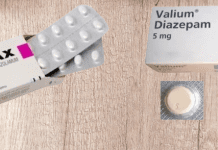
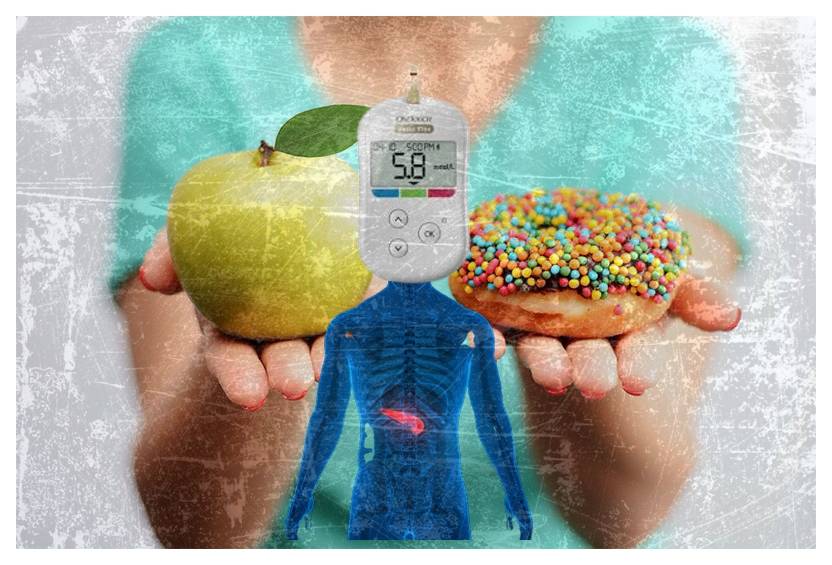
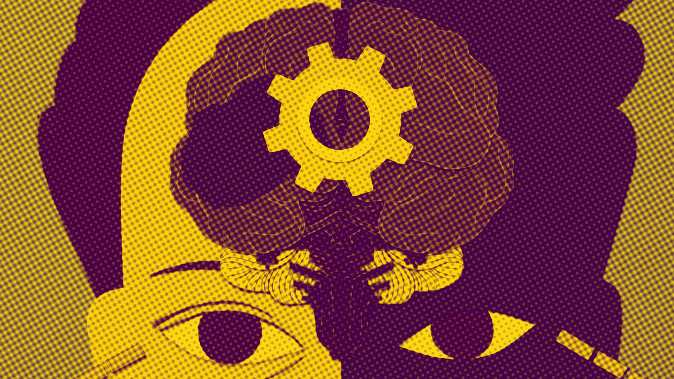
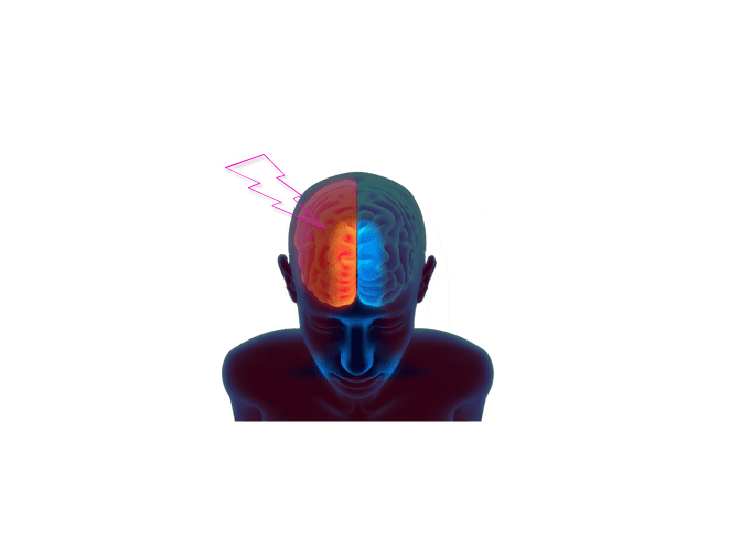
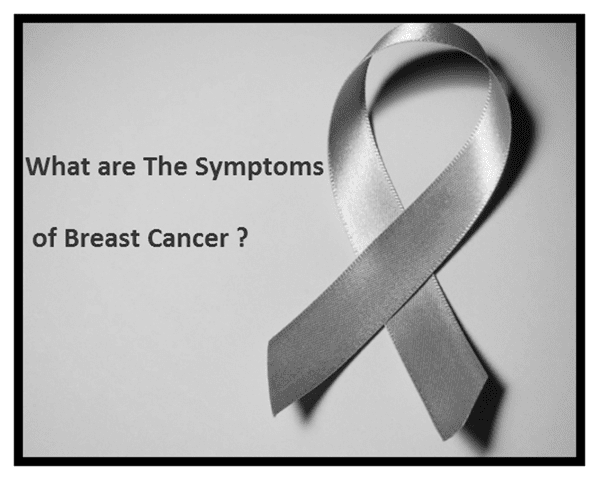

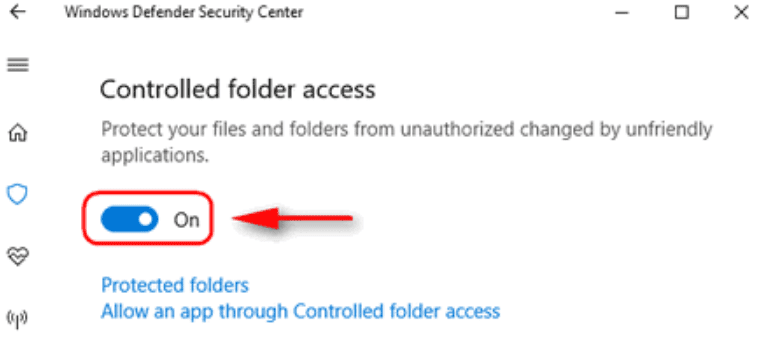
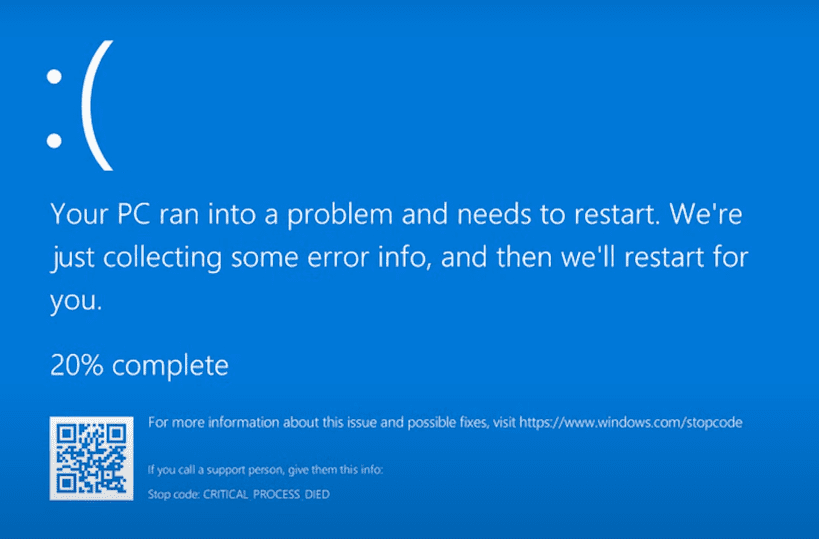
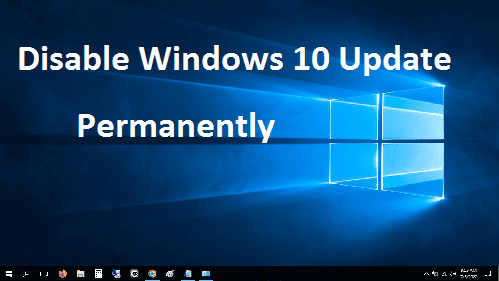
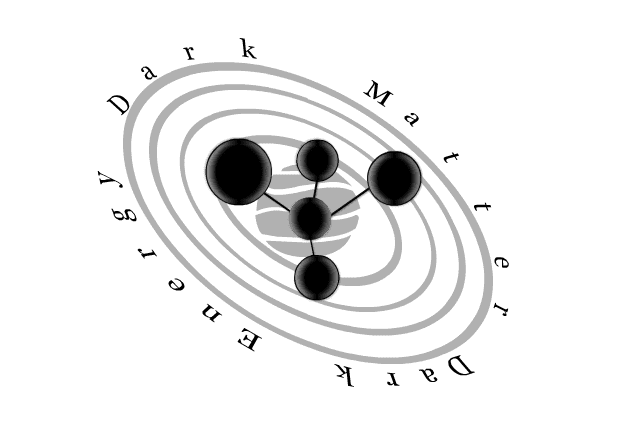

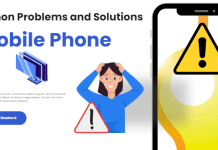





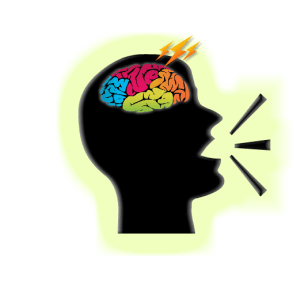

It really Help me to learn